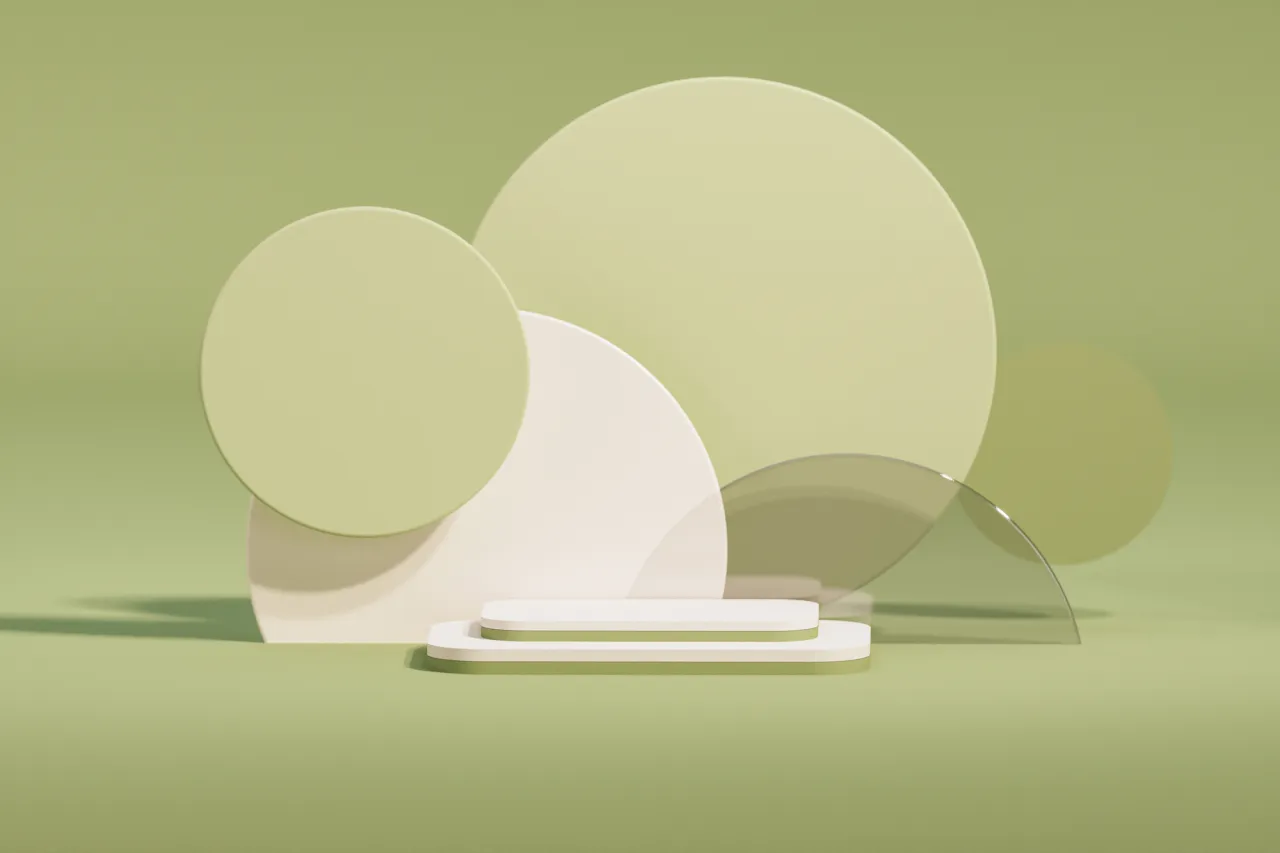From Ergonomics to Empathy: A Guide to Human-Centered Design
What do you think Spotify and Apple have in common? The most obvious answer is that they are popular products chosen by millions of people. But what exactly makes them so popular? They are perfect examples of human-centered design, where a user’s convenience and desires become the cornerstones of development.
By choosing this approach, brands get a chance to maximize customer satisfaction, avoid additional costs, and more. Discover the power of human-centered design to create products that users will love.
What is human-centered design?
Human-centered design (or HCD) describes an approach to developing interactive products and systems that focus on user needs and requirements and employ methods of ergonomics and usability. It is oriented towards a deep understanding of user experience and behavior. Thus, human-centered design creates thought-out solutions that meet the unique desires and expectations of an audience.
Putting people at the center of the design process improves performance and user satisfaction and ensures accessibility and sustainability. Human-centered design also helps prevent the potential negative effects of using solutions for health, safety, and productivity purposes.
Since human-centered design is all about designing for real users, they need to be involved in the design process. This can happen at various stages, be it the preliminary study of a problem, brainstorming, conceptualization, or solution implementation. Involved users provide feedback and even offer ideas on how to improve the product or system.
Human-centered design emerged at the intersection of several areas, including engineering, psychology, anthropology, and art. It originated with the introduction of the Joint Program in Design by Stanford University professor John E. Arnold in 1958. He was the first to promote the idea that design should be human-centered, not function-centered.
The spread of this approach coincided with the emergence of the design thinking concept, so they are often equated with one another. However, despite all their similarities, these processes have different goals. Human-centered design is intended to develop products with a high level of convenience and a better user experience, while design thinking is aimed at creating innovative solutions to complex problems.
What are the areas of human-centered design application?
Being an approach that prioritizes the needs and convenience of users, human-centered design offers long-term positive changes that can transform many industries. It gives businesses a chance to achieve their goals and grow more efficiently. Human-centered design has no restrictions when it comes to application, but it is most actively used in the following areas:
- Product design
- Service design (processes and services development)
- UX/UI
- Architecture and interior design
- Healthcare (e.g., medical device development or hospital planning)
- Social sphere (e.g., designing inclusive and sustainable solutions)
- Education (e.g., designing digital tools and learning environments)

Key principles of human-centered design
1. Focus on people
Many modern products and systems are designed around technology. Human-centered design, instead, shifts the main focus to people, their needs, and wishes. This principle is based on empathy and a deep understanding of an audience’s social, cultural, and other key characteristics.
Make sure to involve real people, since customer portraits can provide too generalized information. To understand who these people are, you should identify who the target audience of your product is and what circumstances they will use it in (e.g., time, place, task, device, etc.).
2. Identify the core problem
It’s important to focus your attention and efforts on solving a key problem, rather than dealing with its symptoms. This principle requires immersion into a real-life environment where your product is used. You can conduct field research, study your area of interest, and interview people from it. Often being time-consuming, this process is however crucial. If you don’t pay enough attention to it, you risk addressing the wrong problem with your product, which means you’ll simply waste time and resources.
3. Use a systematic approach
Human-centered design implies that you consider all aspects of the user journey and keep the overall picture of their product interaction in mind. At the same time, your priority should be to maintain the system’s health, not to optimize its elements. In other words, while fixing local issues can be helpful, it can lead to unexpected performance results on a global level.
4. Experiment and test
Following the previous point, instead of big changes, human-centered design encourages you to take the path of simple iterations, allowing you to improve the overall result gradually. Also, it is equally important to constantly prototype and test solutions. This allows you to test them on real people and make sure they accurately meet the needs of your users.
The above principles shape the stages of the human-centered design process:
- Observation: at this stage, you need to study the people the solution is meant for and use empathy to understand their motives and behavior.
- Defining: the data collected during the first stage is processed to identify the key problems and needs of people.
- Ideation: the team generates creative solutions to address the identified problems. At this stage, you can use such tools as brainstorming.
- Prototyping: based on the generated ideas, you create prototypes to get feedback from people and make the necessary adjustments.
- Implementation: after all the stages of testing and iteration, you implement the improved solution and make it available to the end user.
The benefits of human-centered design
- Increasing user satisfaction. By taking people’s wishes and expectations into account throughout the development process, you significantly increase the chances of them using your product and having a positive experience.
- Improving ergonomics. Involving users in the design process allows you to identify and fix design flaws early on. This results in products that are easier to understand and use.
- Gaining valuable insights. Active interaction with real people allows you to gain valuable insights that can highlight unexpected aspects, suggest better approaches, and generally help improve the product.
- Reducing risks. Since human-centered design puts user preferences first, it helps to avoid solutions that will disappoint users or give them bad experiences.
- Sustainable Impact. A design built around human needs can have a significant positive impact on people’s lives. For example, a human-centered approach to interior design helps create comfortable and functional environments conducive to work or leisure.
Best cases of human-centered design
Spotify
At some point, Spotify revolutionized the industry and radically changed the way we consume music. It gave us the possibility to listen to songs by various artists online on one platform for a monthly subscription. In addition, the streaming service offers personalized music recommendations tailored to each user. Spotify employs human-centered design principles by analyzing user preferences and behavior to provide them with a unique and exciting experience.
Netflix
When it comes to Netflix, personalization is one of its key advantages as well. The service constantly studies user viewing history and looks for content that matches their taste. Along with smart algorithms, Netflix offers an intuitive interface and a high-quality user experience in all its versions: web, mobile, and TV app. The service also allows you to skip introductions and watch content without commercials, ensuring a smooth viewing experience. To offer users what they want to see, Netflix has relied on testing. With this approach, the company managed to increase the number of subscribers from about 10 million in 2010 to more than 247 million in 2023.
Apple Website
Apple’s website is one of the best examples of a branded online store. It is easy-to-use, clear, and extremely user-friendly. Visitors can easily find all the necessary information about a product of interest and even compare several models. The brand’s website is the very picture of accessibility; it shows that the company cares about the comfort of its customers.
To wrap up
Good quality, high efficiency, and aesthetic appeal alone may not be enough to create a truly successful product loved by users. You need to keep in mind that you are developing solutions to address the real problems of real people. In this situation, the best approach is to reach out to them directly to get valuable feedback and involve them in the design process. This will help you avoid many potential mistakes and allow you to create a truly best-selling product that will sell itself.
Other articles you might find interesting:
Your Advanced Web Design Guide: Definitions, Examples, & Best Practices
Details Matter: How Microinteractions Enhance Interfaces & User Experience
What is Digital Design? A Comprehensive Guide on its Types, Tools, and Best Practices












